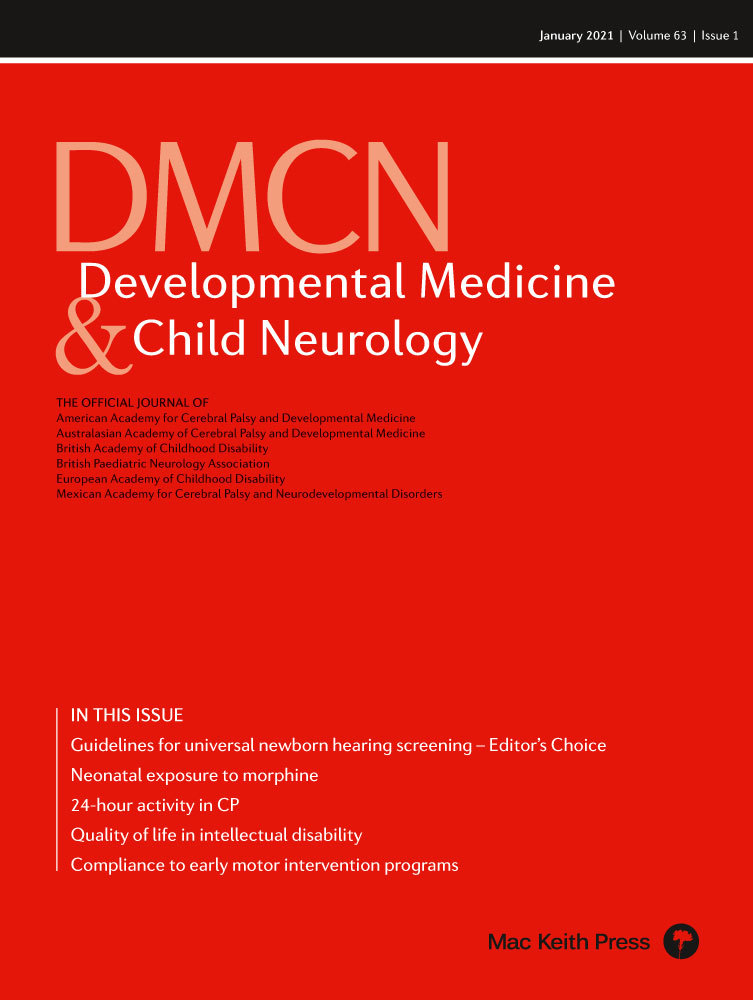Use of healthcare services by young people with disabilities: a policy practitioner perspective
Abstract
There is ample evidence that children with disabilities and their families, especially those living in disadvantaged areas, have more difficulties in securing access to services, receive poorer quality services, and suffer from multiple external disadvantages. To meet these challenges, better data are needed to improve planning and delivery of disability services, including the number of disabled individuals, their specific conditions, their use of services, responsiveness of these services, which needs are met or unmet, and the social and environmental factors that influence these variables.
The papers by Russell et al.1 and Carter et al.2 seek to address these timely policy information needs. They provide two telling examples of targeted data-based analysis and subsequent evidence-based policy recommendations focusing on the identification of groups of people with disabilities and their relationships with education, primary care, health, and social care systems.
Russell et al. examine the services provided by the government of Alberta for children with disabilities and their families. Based on cross-departmental administrative data, authors trace the relationship between demographics and specific health conditions, and the use of special education support service. In addition, various facilitators or barriers to the use of family-based disability services are identified. Among the main interests of this paper are the implications identified for eligibility and referral policies and practices in this area, which could be directly improved by earlier and simpler processes.
Carter et al. examine the utilization of health care services for children and young adults with cerebral palsy (CP) by severity in Northern Ireland. Using cross-sectoral data, the authors found that children and young adults with CP have more admissions and longer hospital stays than children and young adults without CP. Cause for emergency admissions and cause of death are also most likely for respiratory diseases and neurological disorders. In addition, children and young adults with CP with the most severe physical disabilities are 10 times more likely to be admitted and four times more likely to receive outpatient treatment than children and young adults with more moderate disabilities. The authors conclude that the provision of health services that meet the needs of this population could be improved by using the available data in primary care. Furthermore, improving the current coding of these data could develop a better understanding of the reasons for the use of health services among children and young adults with CP, which could lead to the identification of patterns of unnecessary use of health services.
Although the studies were conducted in two different jurisdictions, with different target groups and systems, both provide the same compelling observation regarding the planning and delivery of services for people with disabilities; namely, that services could be significantly improved by better data integration across the primary care, education, health care, and social care sectors.
Such information integration appears to be an obvious prerequisite for moving towards a model of service delivery in which programs are coordinated, with respect to needs of the users and their access to services. This requires that programs and professionals share information with each other and with families at appropriate points in the service delivery process. As highlighted in the two studies, the necessary infrastructural arrangements (such as shared user data and cross-sectoral cooperation) and the use of technology-based resources need to be developed.
Future research is necessary to understand what prevents the whole system of disability services from routinely adapting its work to the needs of children with disabilities and then to align its processes to support integrated service delivery.




